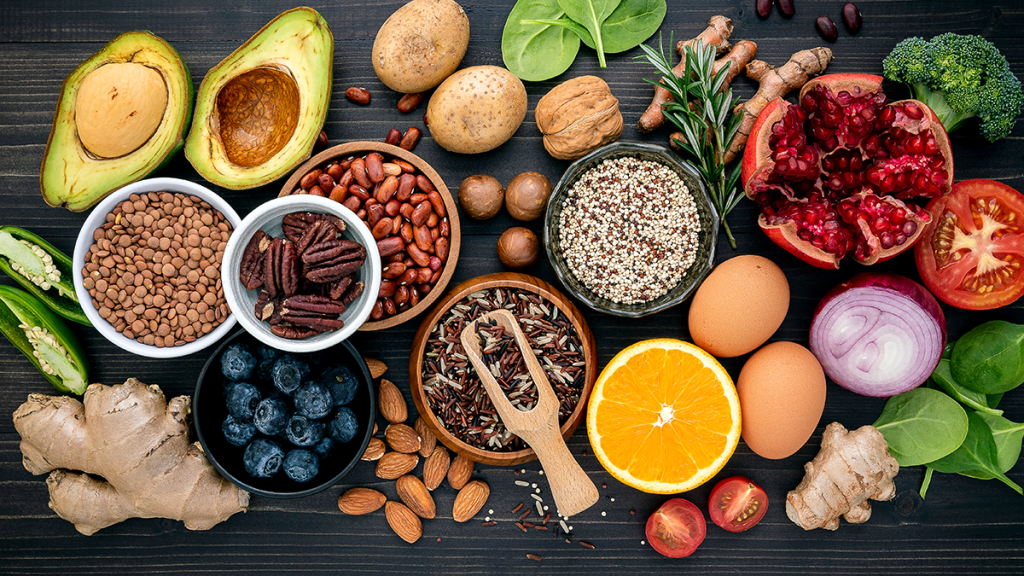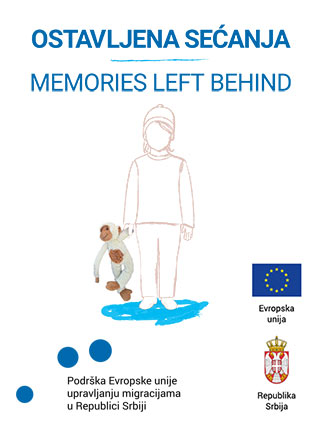2 September 2019
Storing food – rules for a safe and tasty meal

For our food to be the source of pleasure and health, it is necessary to observe the rules for selection, washing, preparation and storing of foodstuffs. These rules are universal and more or less applicable anywhere in the world.
Ingesting microorganisms and their poisons, as well as foodstuffs contaminated with chemical and other substances, causes nutrition-related health disorders. They can be manifested as minor ailments, and as serious, life-threatening conditions, that leave serious, long-lasting consequences. Dangers brought about by unsafe food exist in all parts of the world, and diseases caused by it affect all people.
Proper storing of foodstuffs in a refrigerator
Food hygiene, among other things, implies adequate storing of foodstuffs. By cooling food, i.e. by storing foodstuffs at temperatures from +4 to +6 degrees the processes that make food go bad are decelerated.
The best way to store fresh or processed meat is to loosely covet it with a foil, and plastic containers with lids should be avoided as the meat “sweats” in them, which suits the growth of bacteria. Ideally, the place for the storing of meat inside a refrigerator is bottom shelf (so as to prevent cross-contamination of food).
Defrosted meat can be used by, at latest, 48h after defrosting (on condition it has been stored all the time in a refrigerator). Minced meat expires in shorter time – it should be used the same day it was minced, at latest, the following day.
Fish and seafood can be stored uncooked for 24 hours at most.
Milk and dairy products should be stored on the top shelf of a refrigerator. Unripened cheese can be used for seven days, while ripened types of cheese can be used for up to a month.
Eggs can be stored in a refrigerator for up to 4 weeks. As this type of food is perishable, it is recommended that it should be stored in its packaging in a refrigerator, but not in the refrigerator door, where the temperature is higher and varies due to opening and closing of the door. It is important to mention that egg shells need to be washed thoroughly before refrigerating, so as to prevent spreading of an infection inside the refrigerator.
Thermally unprocessed vegetables contain high percentage of water, hence they tend to perish quickly. The higher is the percentage of water in vegetables, the more perishable it is. Ideally, it should be stored in plastic bags or boxes, in compartments envisaged for vegetables. Some sorts of vegetables, such as tomato, release ethylene, the gas that initiates ripening and perishing of other sorts of vegetables (lettuce, cucumbers, etc.). There, recommendation is never to store these sorts of vegetables together.
Unlike most sorts of vegetables, It is better to store onions and potatoes in a dark and well-ventilated place. Exposed to light, potatoes turn greenish in colour and their taste becomes bitter. That bitter taste comes from solanine, the substance that is toxic if present in higher levels. Green sections of tomatoes must be thrown away.
Mushrooms are best preserved in cardboard box inside a refrigerator.
Fruits can stay fresh for around three days (some sorts of fruit even much longer, e.g. citrus fruits, apples), but if they are already washed, chopped and peeled, their shelf life is much shorter. As concerns bananas, their skin turns dark when refrigerated, but they still have the same nutritive value.
In order to prevent perishing of foodstuffs, refrigerator should be regularly cleaned, both inside and outside. In order to extend useful life of refrigerator and maintain food hygiene, you need to defrost the refrigerator regularly. Frequently (ideally once a day) clean the door handle on the refrigerator and freezer.
Left-over food – check whether you store it properly
Store left-over food in clean containers with lids on, in a refrigerator. It is desirable to split larger quantities of food into several containers so they would chill as soon as possible and cool down to freezer temperature. Under hot weather conditions (spring, summer, early fall) the food can be kept out of refrigerator for two hours maximum, and for one hour only if the air temperature exceeds 30 degrees. Over the winter period, storing of food outside refrigerator (e.g. on window sill) is certainly not recommended, except in extreme conditions. Although the outside temperatures are low at that time of the year, in this manner the contact with rodents and insects.
Cooked dishes with meat are stored and used for a maximum of two days after being prepared. The exceptions are the dishes with poultry meat chicken turkey, duck’s meat, etc.) that can be safely used only during the following day.
Dishes prepared with fish are to be consumed during a very short period – 24 hours only, ideally 12.
Left-over food should not be stored in tins, but placed in a serving dish/container after opening, and the remainder should be stored in a glass or plastic container.
When re-heating food, always bring it to a boil, and only re-heat the quantity sufficient for one meal. In that way you shall reduce the number of microorganisms that has increased during the storing of food. Insufficient re-heating of meals can accelerate the increase of the number of microorganisms and cause food poisoning.
Food hygiene means that stocking food and left-over food in rooms and other premises not intended for storing and eating of food is not allowed. In that way, various vermin is permanently attracted – insects and rodents that are not only unpleasant, but also transmit infections. This pest is later on very difficult or almost impossible to remove from an environment in which people live.
All abovementioned recommendations are also valid for the storing of foodstuffs and preparation of food at home, for a smaller number of persons. Despite from a great wish of a person who has abandoned his/her home to become independent, and to create an illusion of home and family warmth by preparing and serving food, this person also has to consider the problems that might occur. The food stored and prepared in improvised kitchens is not safe health-wise, and the work in such conditions is dangerous as electric shocks, fires and injuries often happen. Unfortunately, it often happens that improvised kitchens in the nature or in a camp present a danger for those who use them. Unprofessional and undesignated use of sources of electricity and water, improvised sources of heat or open flame, often lead to fires and electricity shocks. The consequence can be not only an unsuccessful meal – there can be permanent physical injuries and psychological traumas.
On the contrary, the kitchens in which the food is prepared for larger number of people are equipped, controlled and arranged so as to observe strict criteria regarding food hygiene – storing foodstuffs and their preparation. Such facilities are usually those dedicated to massive nutrition – students’, workers’ and other canteens, hotels, kitchens at reception centers. These facilities are a good choice in circumstances when there are no conditions for safe preparation of food in one’s own home (when travelling, in exile, during mass migrations, etc.).
The author of the text: dr. Jasmina Jandrić-Kočić, epidemiology specialist
Dr. Jasmina Jandrić-Kočić (1975) graduated from the Faculty of Medicine of Novi Sad University. After completing university education, she started working as a clinical doctor at the ENT Clinic of Vojvodina Clinical Center, then she worked as a physician at the Emergency Medical Service of Health Center in Sremska Mitrovica. As of 2006, she has been working as a specialist of epidemiology at the Center for Control and Prevention of Diseases of Public Health Institute in Sremska Mitrovica.
As coordinator for migrants, hospital infections, infections transmitted by blood and sexually, since the beginning of migrants crisis, she has been coordinating the activities in the field of epidemiological surveillance, prevention and control of communicable and non-communicable diseases in migrant population. During the migrant crisis, she conducted numerous educational activities (lectures, workshops, etc.) for both the migrants and the persons providing assistance to migrants.























